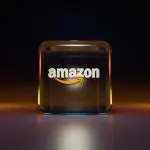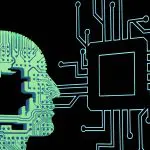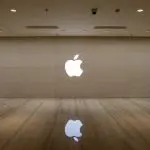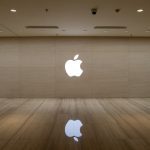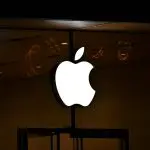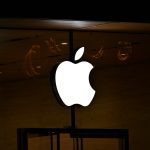
Small development teams face mounting pressure to redesign their apps for Apple’s most ambitious interface overhaul in over a decade, as the tech giant’s new “Liquid Glass” design language rolls out across all devices this fall.
The sweeping visual refresh, announced at Apple’s Worldwide Developers Conference on June 9, transforms every surface into translucent, glass-like materials that reflect surroundings and adapt to content. Allan Yu, a product designer building workplace messaging app Output, captured the industry’s mixed feelings perfectly.
“It’s hard to read some of it,” Yu said. “Mainly because I think they made it too transparent.”
Apple calls this its “broadest software design update ever.” The company is introducing Liquid Glass across iOS 26, iPadOS 26, macOS Tahoe 26, watchOS 26, and tvOS 26 simultaneously. Alan Dye, Apple’s VP of Human Interface Design, said the update creates “visual harmony across platforms while retaining device uniqueness.”


Source: Apple
But developers worry about keeping up. Yu appreciates the “beautiful” new aesthetic yet feels anxious about matching Apple’s polished look with limited resources.
“Apple is doing a great job in trying to pull us forward somewhere,” he explained. “I just don’t know if the direction is the right place.”
The challenge runs deeper than aesthetics. Josh Puckett, cofounder of design firm Iteration, compared early reactions to iOS 7’s rocky start in 2013. He noted that current previews appear “rough on the edges and potentially veer into distracting or challenging to read, especially for users with visual impairments.”
Apple’s new design uses real-time rendering to create fluid motion and responsiveness. Controls now shrink during scrolling, expand when needed, and reflect background colors through translucent surfaces. The company says advances in its custom silicon make these effects possible without draining battery life.
“A lot of the work that you saw today was influenced by the many years that we’ve worked on visionOS,” Craig Federighi, Apple’s SVP of Software Engineering, told TechRadar.
Small teams face the steepest learning curve. Apple is publishing updated APIs for SwiftUI, UIKit, and AppKit to help developers adopt Liquid Glass materials. However, implementing these complex visual effects requires significant time and expertise that smaller studios often lack.
The timing adds pressure. Developer betas are launching this month, with public betas following in July, and the full release is scheduled for fall 2025. Apps supporting iPhone 11 and newer models can use basic Liquid Glass features, while full Apple Intelligence integration requires iPhone 15 Pro or later.
Some designers remain optimistic about the changes. Serhii Popov from MacPaw called the aesthetic “really fresh” and believes it will improve user interaction with interface elements.
Despite early concerns, Puckett expects Apple to refine readability issues during the beta testing period, citing the company’s track record with accessibility improvements.
Yu remains uncertain but determined. “If anyone can do it, Apple can do it,” he said. “I’m just scrambling to make our designs work.”
